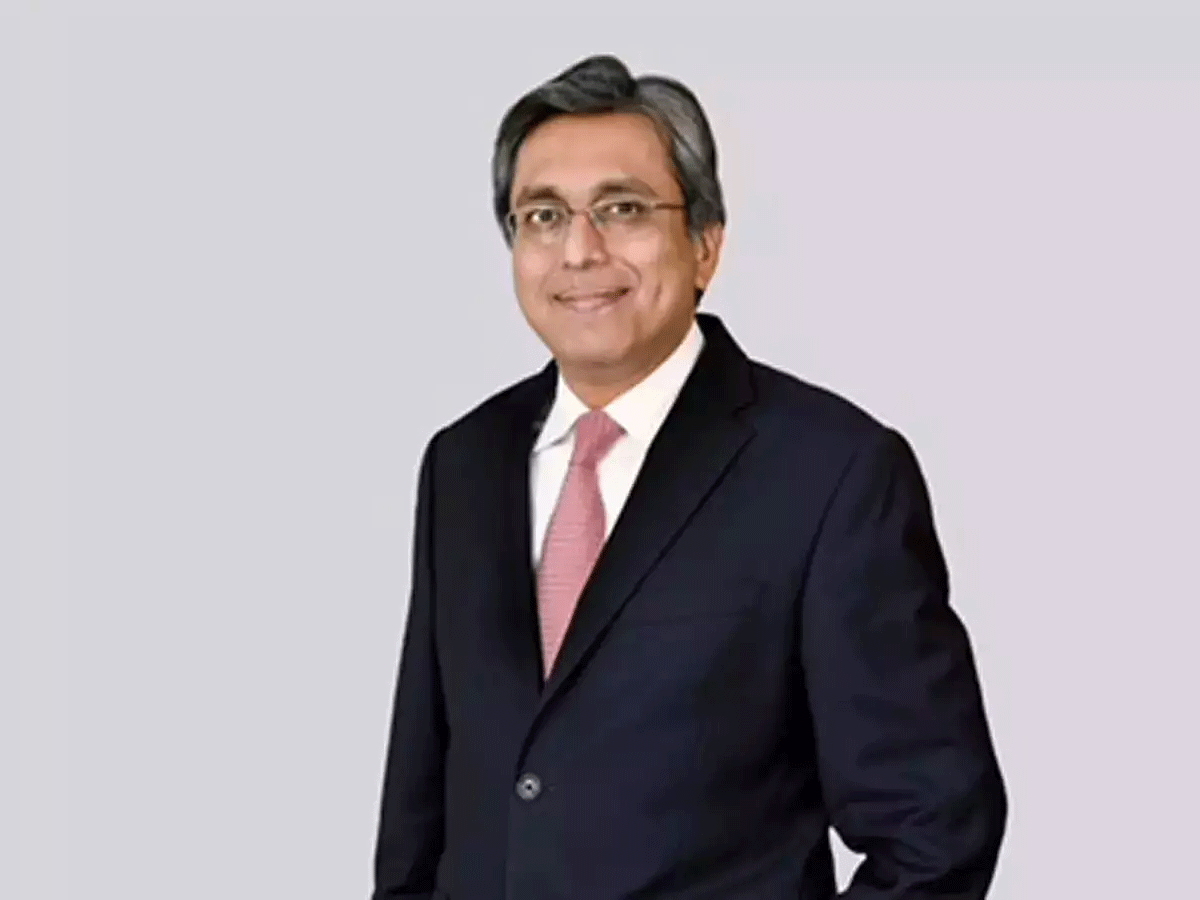[ad_1]

The manufacturing sector must target a 16-fold growth over the next 23 years as India aims India aims to transition from $3.5 trillion to a $30 trillion economy by 2047, said Anish Shah, President of Federation of Indian Chambers of Commerce & Industry (FICCI) and Group CEO & MD of Mahindra Group.
The manufacturing sector, currently contributing 16% to the GDP, must expand significantly, targeting to achieve a new benchmark of 25% contribution to the economy, he said on the manufacturing sector’s contribution to realise the goal of Viksit Bharat.
Shah emphasised that achieving this goal requires not just adopting digital tools but also a shift in mindset towards change. “The future of manufacturing in India hinges on embracing digital transformation and fostering a culture of innovation,” he said.
Shah listed four key priorities for the sector adopted by FICCI:
Make in India for the World – The initiative must evolve from a national focus to a global strategy, positioning India as a low-cost destination with streamlined operations.
Women-Led Development – There’s a pressing need to address gender disparities in the workforce. Shah stressed that women’s participation is currently inadequate and must be significantly improved.
Farm Prosperity – Enhancing agricultural productivity is essential for broader economic growth and supporting the manufacturing sector.
Sustainability- Shah discussed the importance of sustainability, noting that its impact will be long-lasting and must be integrated into all aspects of manufacturing.
A recent knowledge report presented at the FIBAC conference highlighted a need for India to significantly boost its GDP from $3.5 trillion to $30 trillion – a ninefold increase requiring a 15-fold expansion in the manufacturing sector.
It also discussed the current challenges and opportunities within the banking and financial sectors, emphasising the need for innovation and improved market strategies.
The report revealed that while the Indian banking sector is admired globally, it faces increasing risks and pressure. Themes included the rapid digitalisation of banking services, rising costs, and the necessity for innovative underwriting practices for MSMEs.
[ad_2]
Source link



